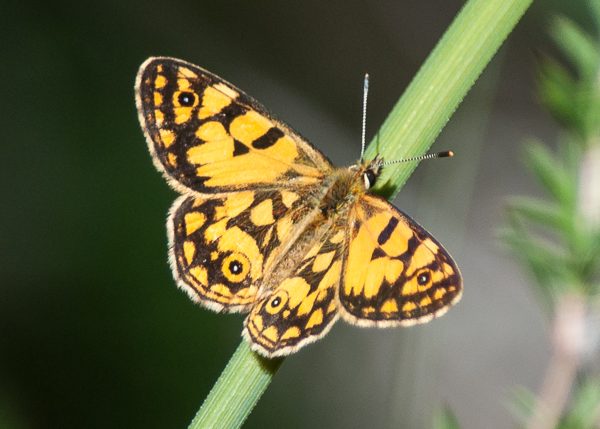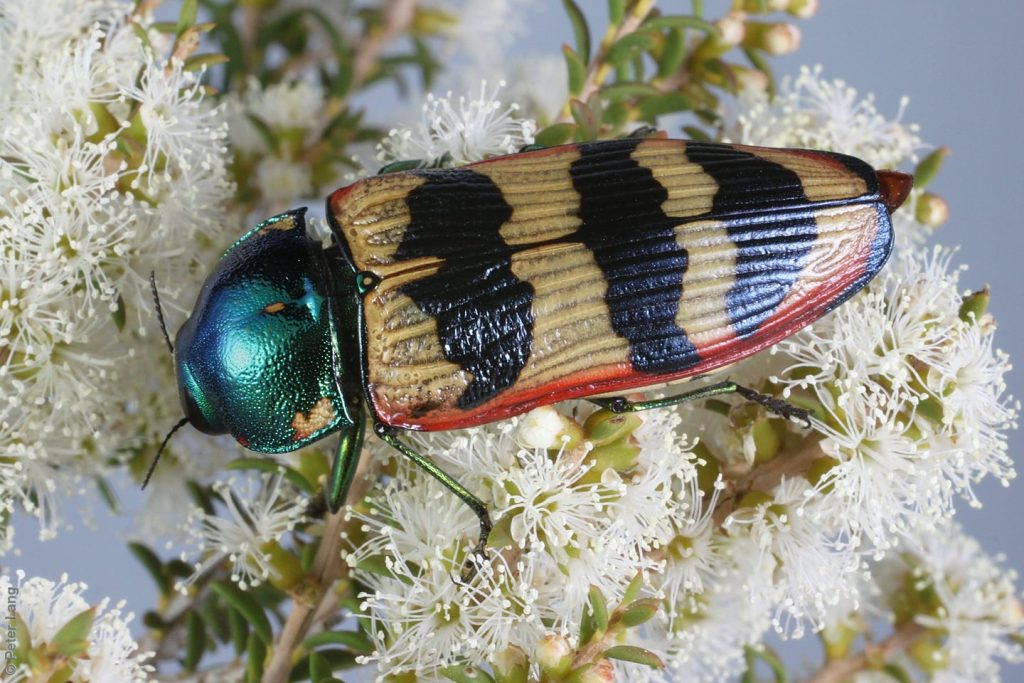The first threatened invertebrate species to be protected in SA!
Until recently, invertebrates were not considered under threatened species legislation in South Australia. Thankfully, this has now changed and a small group of experts is working to identify and nominate threatened invertebrates under the National Parks and Wildlife Act 1972 (South Australia) and/or Environmental Protection and Biodiversity Conservation Act 1999 (Commonwealth).
The process involves completing Species Conservation Assessments to assign conservation ratings according to species’ threat level and likelihood of extinction. The assessments are based on the IUCN Red List Categories and Criteria, which form a widely used and understood system for classifying plant and animal species at risk of extinction. As well as assigning conservation ratings, the assessment process:
- identifies gaps in our knowledge on species’ ecology, biology, and so on;
- identifies regionally threatened and declining species not previously identified;
- can help to inform regional fire management plans and operations;
- helps to identify threatening processes that affect a range of species; and
- can help to inform a multi-species and landscape-scale management approach.
The assessment process got off to a great start at a workshop coordinated by NGT and held in Adelaide on September 30th. In attendance were Department for Environment and Water – Threatened Species team members, along with 10 other scientists and field ecologists who have expertise on a range of invertebrates including isopods (an order of crustaceans that includes slaters), butterflies, moths, katydids, spiders, mites, beetles, and bees.

Each participant came equipped with specific species information to help answer a series of questions relating to the five IUCN assessment categories. In order to determine the threatened status of a species, the assessment calls for the following information:
- Extent of occurrence and area of occupancy which relate to the size of the species’ distribution;
- Number of locations at which it is found;
- Observed, estimated, projected, or inferred declines in abundance;
- Population size; and
- Probabilities of extinction within 10 years, 20 years, or 100 years.
The workshop ran for more than five hours during which the panel deliberated over some species more than others depending on the detail of data available. Based on these discussions, eight invertebrate species were suggested as candidates to be nominated for listing under the NPW Act and/or EPBC Act, and information relevant to the assessments was captured. This first round of invertebrate assessments will help to refine the process, documentation, and data required for future larger rounds. The expert panel is so far working on assessments for these species:
| Bees | Isopods |
| Green Carpenter Bee | Mound Springs Isopod |
| Butterflies | Moths |
| Orange Ochre | Pale Sun-moth |
| Silver Xenica | Rufous Rain-moth |
| Arid Bronze Azure | |
| Beetles | |
| Splendid Jewel Beetle |

We look forward to updating readers over the coming months on this important invertebrate project.
